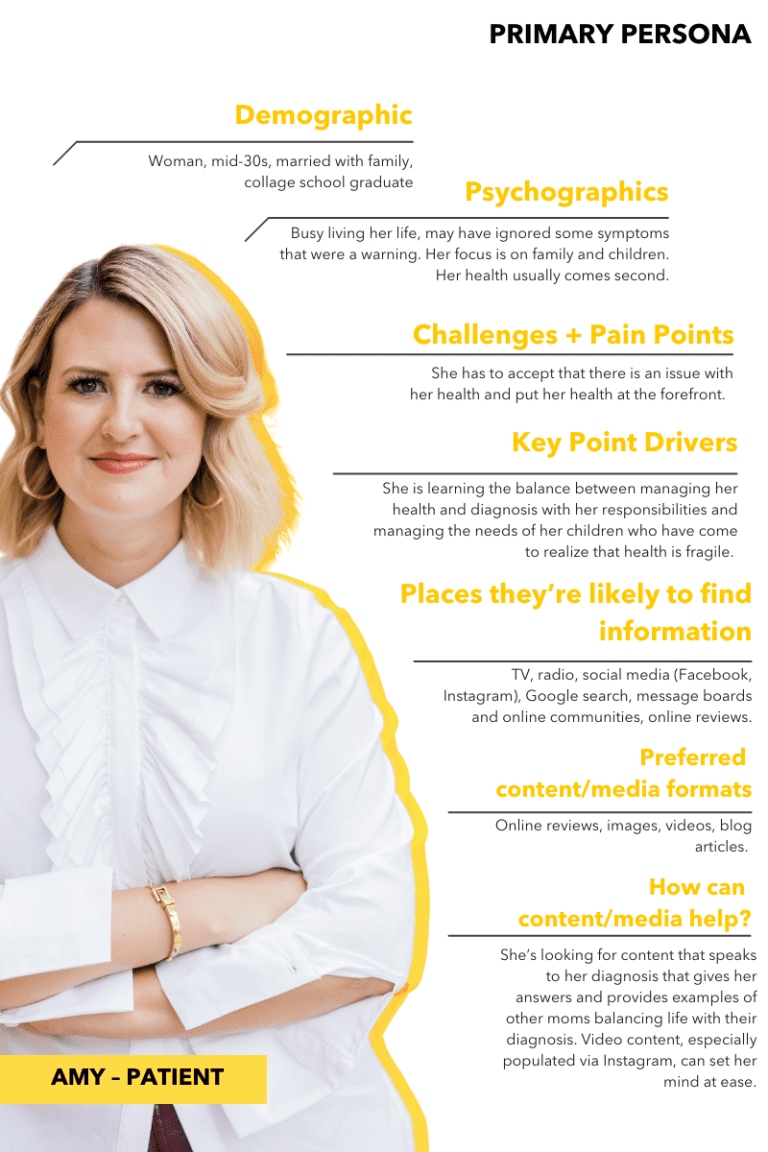The healthcare ad/content landscape is exceptionally crowded, but not for the reason you think.
Most healthcare marketing departments worry about their competitors up the freeway. But they really shouldn’t. The real barrier to connecting with a healthcare audience is the avalanche of content the average consumer sees in a day (over 10,000 ads).
The actual healthcare competitor is every other company fighting for your audience’s eyeballs – food and alcohol companies, life and leisure, recreation, and so on. The biggest challenge is information/content clutter.
The landscape is too crowded, and consumers are too distracted, too overwhelmed, and so they scroll right on by the healthcare ads and communications.
Is it possible for a healthcare company to compete with the broader market, given the range of constraints inherent in such a heavily regulated industry? The answer is, of course, yes.
But, it requires bold leadership.
Healthcare marketing success requires an understanding of the difference between taking risks and being risky. Taking risks can broaden your audience, deepen awareness, and cement brand perception, and being risky can and often does detract from the same goals.
So how is it done?
How do you push the limits and stay true to the brand?
How do you think outside of the box and yet, stay in it?
How do you take chances without taking unnecessary risks?
How do you engage your audience without alienating them?
And most important, how can you know if your ad/campaign will work before getting started?
How to help Healthcare Ads cut through the clutter.
Eliminate marketing-decision-by-committee
Every seasoned marketing operator looks fondly at the ideas they’ve created over the years that will never see the light of day. Too many C-suite leaders wish to play a role in the decision-making process without understanding audience motivation, the intent of the content, and whether or not the content will drive the desired outcome. This lack of understanding leads to marketing efforts that cannot stand up to the content blindness consumers have today.
If you are a C-suite member, trust your marketing leaders to make decisions that are in line with brand standards but have the opportunity to be successful.
Employ a Brand Manager
Brand managers are the guardians of a brand. They ensure that the products, services, and product lines resonate with current and potential customers. The brand manager also serves an essential function within senior management teams when providing feedback and analysis on crucial brand activity. For example:
- What is the ROI of a particular campaign?
- What types of communication have worked well for specific products or services of the brand, and what can be learned from others?
A brand is a living thing, and it’s maintenance never ceases. All interactions with your brand should positively reinforce your brand identity. Having a professional on staff that ensures your brand stays true to its mission, vision, and values and also has a personality will allow you to take more risks without the possibility of straying from your core identity.
Regularly evaluate your consumer & create better buyer personas
One of the keys is having a more granular understanding of your consumer. Nothing beats customer development. Regularly getting your customers on the phone can help you understand their pains, needs, and challenges.
This process needs to be systematized.
Many healthcare marketing departments make the mistake of using generic buyer personas with limited data points like age, profession, and location. These data points don’t provide enough information to understand the motivations of your audiences. How can better, more emotional messaging be created for your audience if this limits your understanding?
One of the easiest ways to understand your audience’s preferences it to use Google Analytics-preferences tab. This feature will allow your organization to uncover which social media platforms, publications, and other forums your audiences use. Then, apply this information to your audience personas to communicate with them more effectively.

By digging deeper to know your consumer, you will understand the differences of risk—before they become risky.
Know before you spend
Focus groups are one of the most influential and popular market research methods available. Healthcare organizations use focus groups to gather qualitative data and in-depth insights on anything from products and services to beliefs and perceptions to reveal attitudes and opinions.
A garden variety focus group usually involves four to nine respondents brought together with a trained moderator to participate in a planned discussion. During the focus group, participants are asked questions to discover their thoughts and feelings about a particular topic, product, or relevance of ads and messaging. This results in open-ended, free-flowing discussions that can be used to help brands to make informed business decisions. Budgets are limited, and knowing if your bold, new approach will resonate with your audiences is not just a good idea but a financially sound one as well.
There is no other way.
Budgets are shrinking. Attention is dwindling. Competition is intensifying. Being bold in your healthcare marketing is not just a “nice-to-have” it is the only way to survive.


